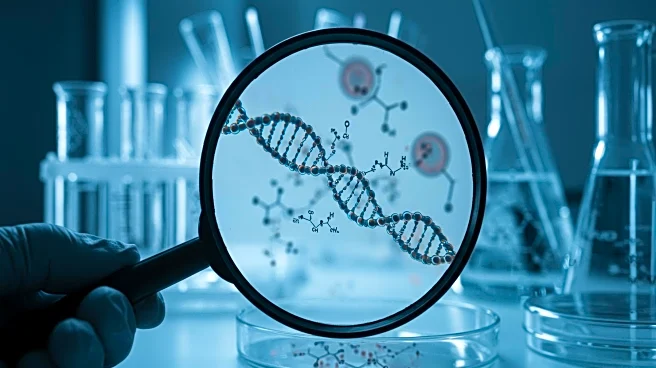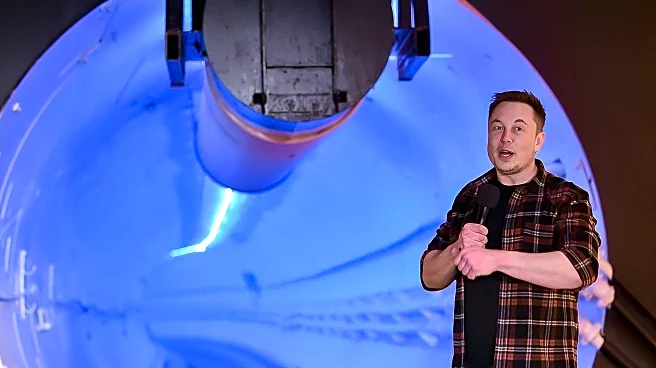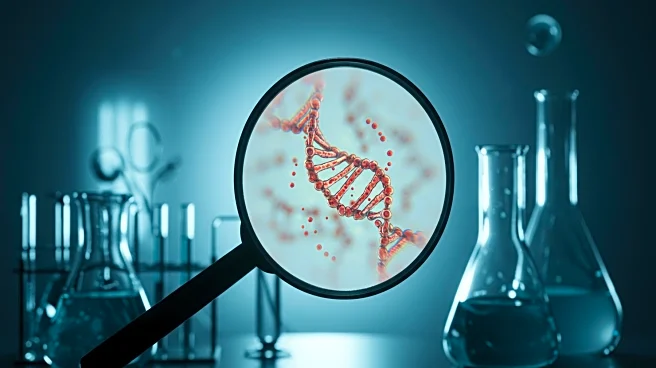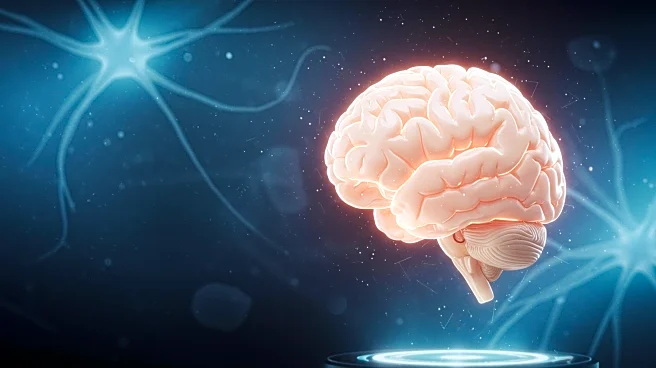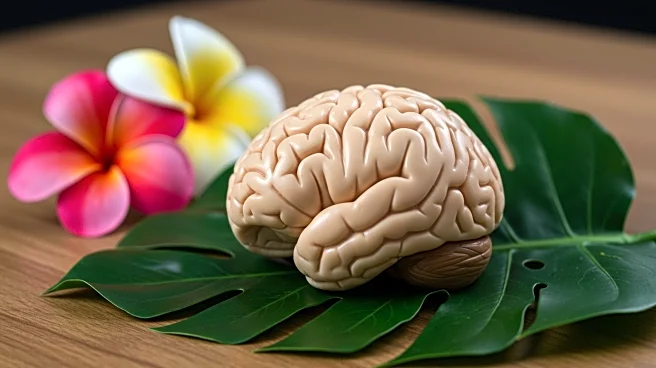What's Happening?
A recent study has found that the observed loss of rRNA in Escherichia coli after rifampicin treatment is due to extraction artifacts rather than in vivo degradation. Researchers tested various RNA extraction protocols on E. coli cultures treated with rifampicin, a known inhibitor of bacterial RNA polymerase. The study revealed that different extraction methods significantly affect RNA yields and the proportions of RNA species extracted. Protocols using gentle cell lysis methods showed a decrease in rRNA levels, while those using more robust methods did not. This suggests that the observed rRNA loss is an artifact of the extraction process rather than a biological phenomenon.
Why It's Important?
The findings have important implications for RNA research, particularly in studies involving bacterial gene expression and RNA stability. The study highlights the need for careful consideration of RNA extraction methods to avoid misleading results. This is crucial for accurate data interpretation in molecular biology and microbiology research. The results also emphasize the importance of protocol standardization to ensure reproducibility and reliability in scientific studies. Researchers and laboratories may need to re-evaluate their RNA extraction techniques to avoid potential biases and inaccuracies.
What's Next?
Future research may focus on developing improved RNA extraction protocols that minimize artifacts and provide more accurate measurements of RNA levels. Scientists may also explore alternative methods for studying RNA stability and degradation in bacteria. The study's findings could lead to revisions in experimental designs and methodologies in microbiology research. Additionally, the scientific community may engage in discussions on best practices for RNA extraction to enhance the quality and reliability of research outcomes.
